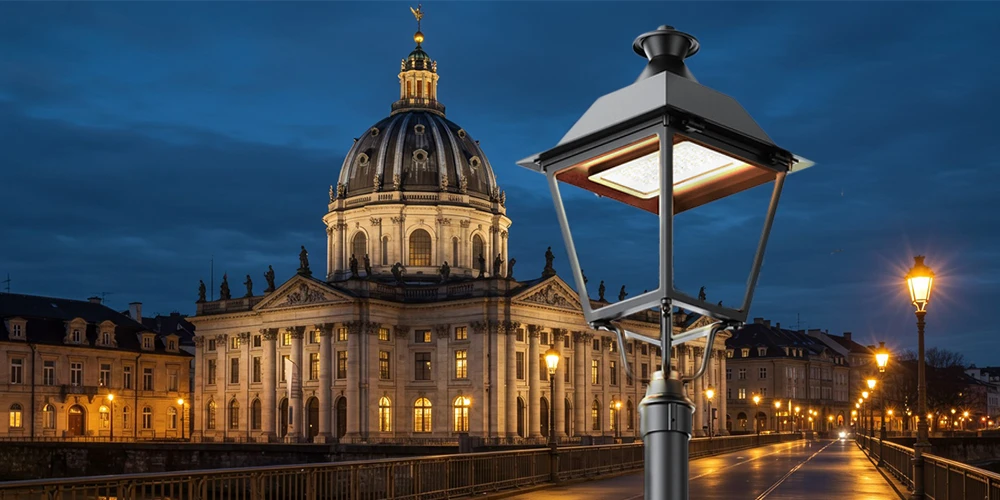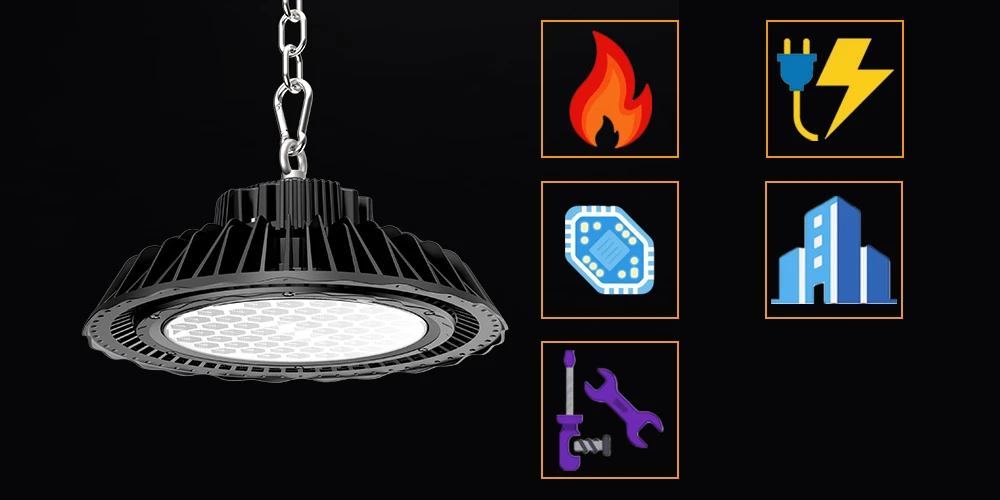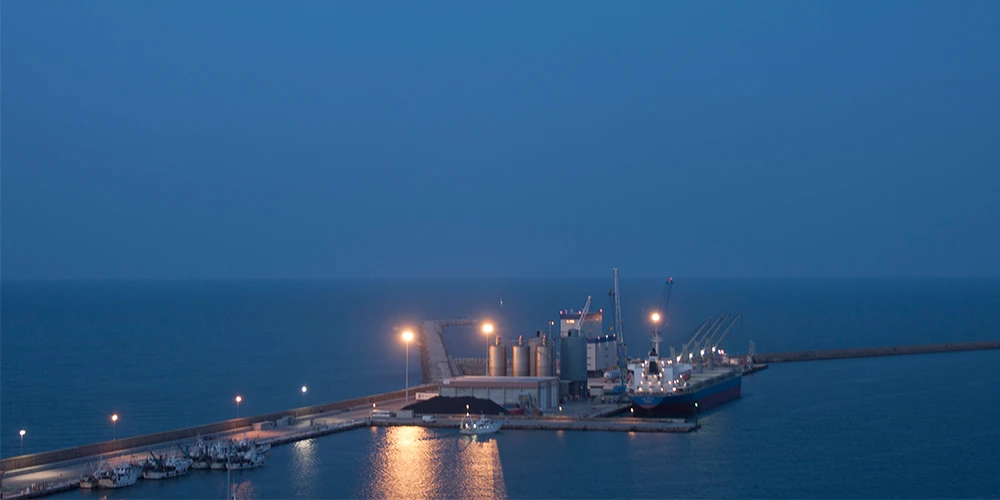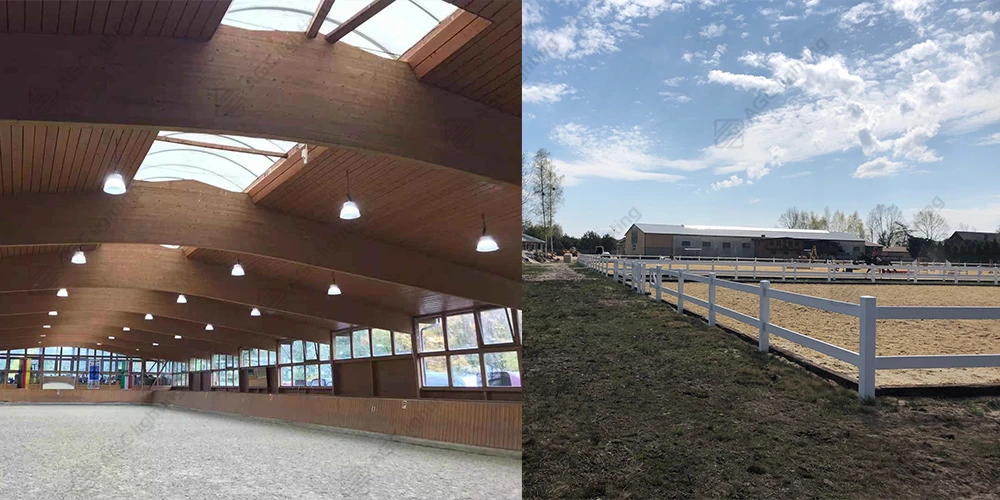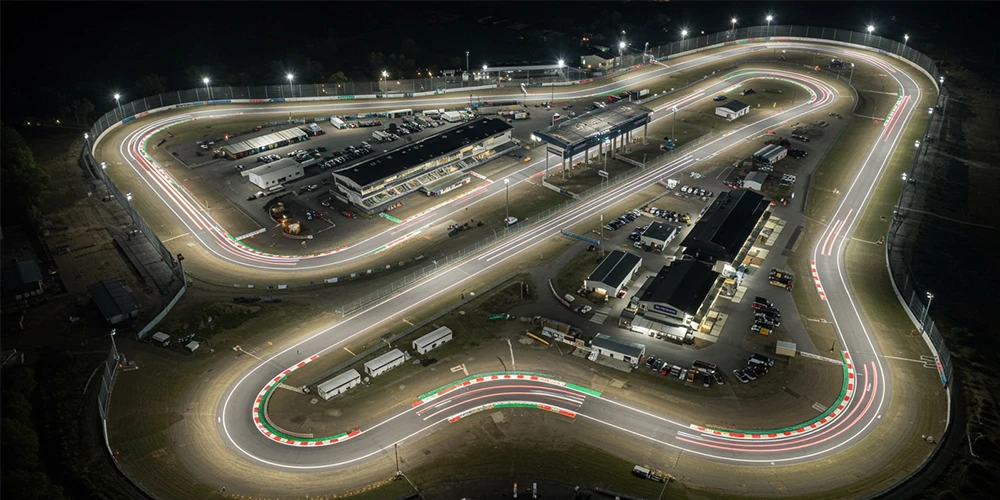Ports and terminals operate nearly 24 hours a day. Ports and terminals are of heavy traffic. Lighting is critical for safe and smooth operation during the night. Port and terminal lighting should be good enough to help workers, visitors, and other people find their way around docks, container cranes, jetties, etc. A good and reliable port and terminal lighting can ensure their safety and security.
Except for increasing visibility of people, port and terminal lighting should also be able to withstand the harsh outdoor environment. In seaside applications, wet air with saltwater results in a corrosive environment, which strengthens the burden on port and terminal lighting.
We would like to talk about 6 considerations for a good and reliable port and terminal lighting.
Sufficient illuminance
Well, safety first. Sufficient illuminance is the basis of a good port and terminal lighting. Sufficient lighting increases human visibility at night, which enables people to distinguish dangerous situations and avoid accidents.
However, definitions of sufficient illuminance vary from area. Areas that have a greater danger of fall or perception of detail require higher illuminance. For example, areas under container cranes require higher levels of lighting due to the greater risk.
Generally, the recommended average horizontal illuminance at ground level for waterfront areas is 30 lux. For container handling areas, the recommended average horizontal illuminance at ground level is 50 lux.
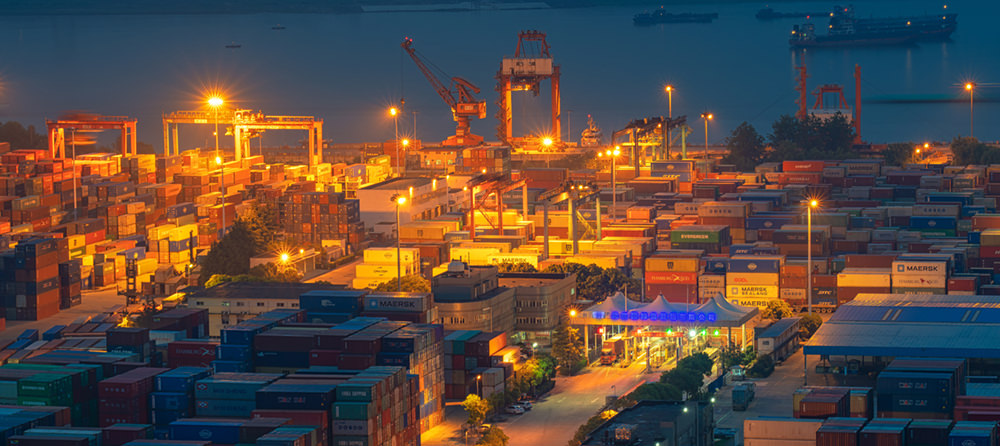
Color rendering
Color rendering refers to the ability of a light source to show the accurate color of the item. Color rendering has a significant effect on the visual experience of people.
Even in the same given illuminance level, a light source with a higher CRI (Color Rendering Index) brings clearer visibility to people. With a higher degree of color rendering, people in port and terminal areas are able to distinguish between vehicles, colored signals, etc. Compared to traditional light sources, LED light has a higher color rendering index, which can improve the visual experience effectively.
Illuminance ratio
Port and terminal lighting should be constant and uniform. A large illuminance ratio should be avoided because it increases the possibility of an accident.
When people move from one place to another, large differences in light levels can affect the ability of the eyes to react. The sharp contrasts of light levels also cause sudden blindness. This can occur when pilots and masters move from a ship to the quayside, but also when drivers under cranes move to surrounding areas. Therefore, port and terminal lighting, especially for those areas of frequent movement, should be constant and uniform.
Portable lighting
Fixed lighting may not be adequate for port and terminal lighting. At this time, portable or temporary lighting can meet the needs. Portable or temporary lighting can prevent people from tripping or injury when they walk through a darker area. They can also identify the moving fittings more accurately, avoiding being hit.
Although portable lighting fixtures are often utilized for a short period, they should be capable of withstanding the wet and salty coastal environment. Furthermore, portable work lights should be compact so that they can be taken out easily.
Minimize lighting pollution
Port and terminal lighting should be carefully arranged to minimize lighting pollution. The lighting effects on the natural environment, surrounding residential areas, shipping, and pedestrians should be taken into account. For the natural environment, avoid spill light and over-lighting, which will disturb the circadian rhythms of animals. To prevent the lighting trespass to residential areas, direct illumination within the boundary of residential areas shall not exceed 10 lux.
Excessive light levels in port and terminal areas should also be avoided, as they will disrupt the guidance of shipping. Glare will cause discomfort and distraction to pedestrians. Reducing the mounting height, repositioning lighting fixtures, or using full-cutoff LED flood lights to control the glare.
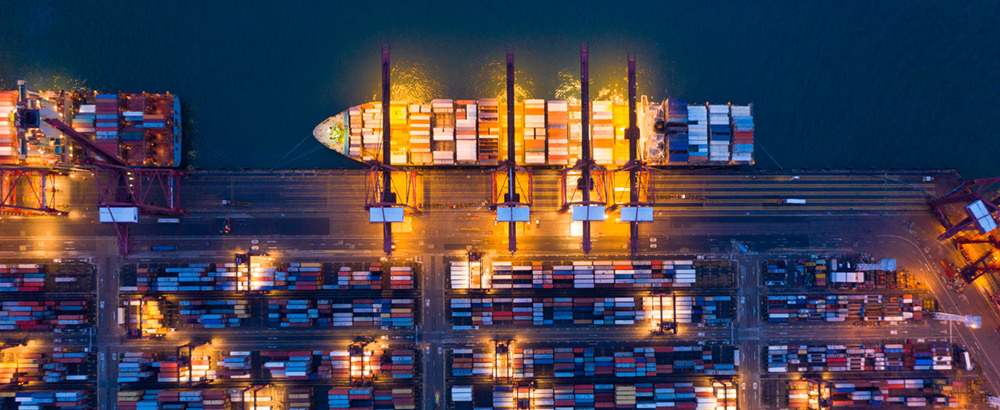
Resistance to the harsh environments
Former considerations are related to the design and management of port and terminal lighting, quality of lighting fixtures themselves also plays an important role. Since the port and terminal are located on the seaside, lighting fixtures shall have resistance to harsh environments, such as corrosion, vibration, and extreme temperatures.
Corrosion
Humidity and oxygen are the common factors that cause corrosion. Lighting fixtures in the port and terminal area are exposed to the moist and salty air, which can promote corrosion. Therefore, structures of common lighting fixtures cannot withstand the ocean environment. Lighting fixtures used for port and terminal areas shall have strong corrosion resistance. Generally, these lighting fixtures adopt top-quality materials and have a special surface treatment to protect fixtures from corrosion. The salt spray test is also indispensable for reliable seaside lighting fixtures.
Vibration
Lighting fixtures may be installed on the high poles. Moreover, strong winds are common in port and terminal areas. The strong winds will cause violent vibration of the poles and lighting fixtures. This requires the vibration resistance of the port and terminal lighting. If the pole, mounting brackets, and lighting fixtures cannot withstand the strong vibration, they may break or fall to the ground, which is positively dangerous.
Except for the strong winds, the heavy traffic in port and terminal areas also causes vibration. Although it may be slighter than winds, it should also be taken into account.
Extreme temperature
Extreme temperatures are inevitable in the outdoor and seaside environment. High temperature and UV irradiation will accelerate the corrosion. Additionally, heat will depreciate lighting performance and the lifespan of lighting fixtures. Thus, port and terminal lighting should have resistance to withstand the extreme temperatures.
Except for using top-quality material to resist corrosion, heat dissipation is also important. LED lighting manufacturers use die-cast aluminum to increase thermal conductivity. They also utilize heat sinks and special housing to improve heat dissipation.
The 6 considerations in this post are the common factors for port and terminal lighting. But they are just for reference. Specific lighting design should be made according to actual circumstances.
Looking for professional lighting design or more details about lighting fixtures for a port and terminal lighting project, please feel free to contact us.



